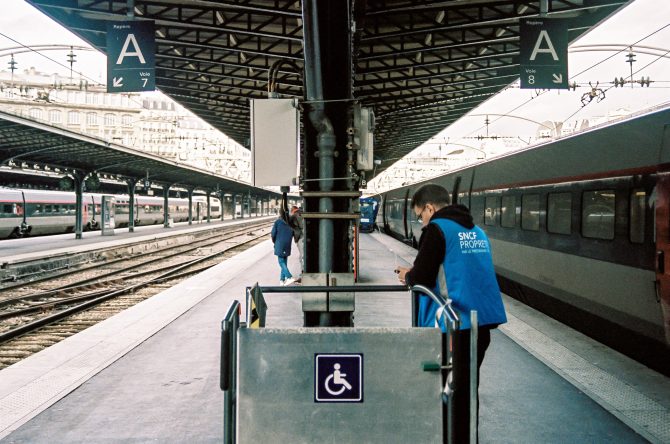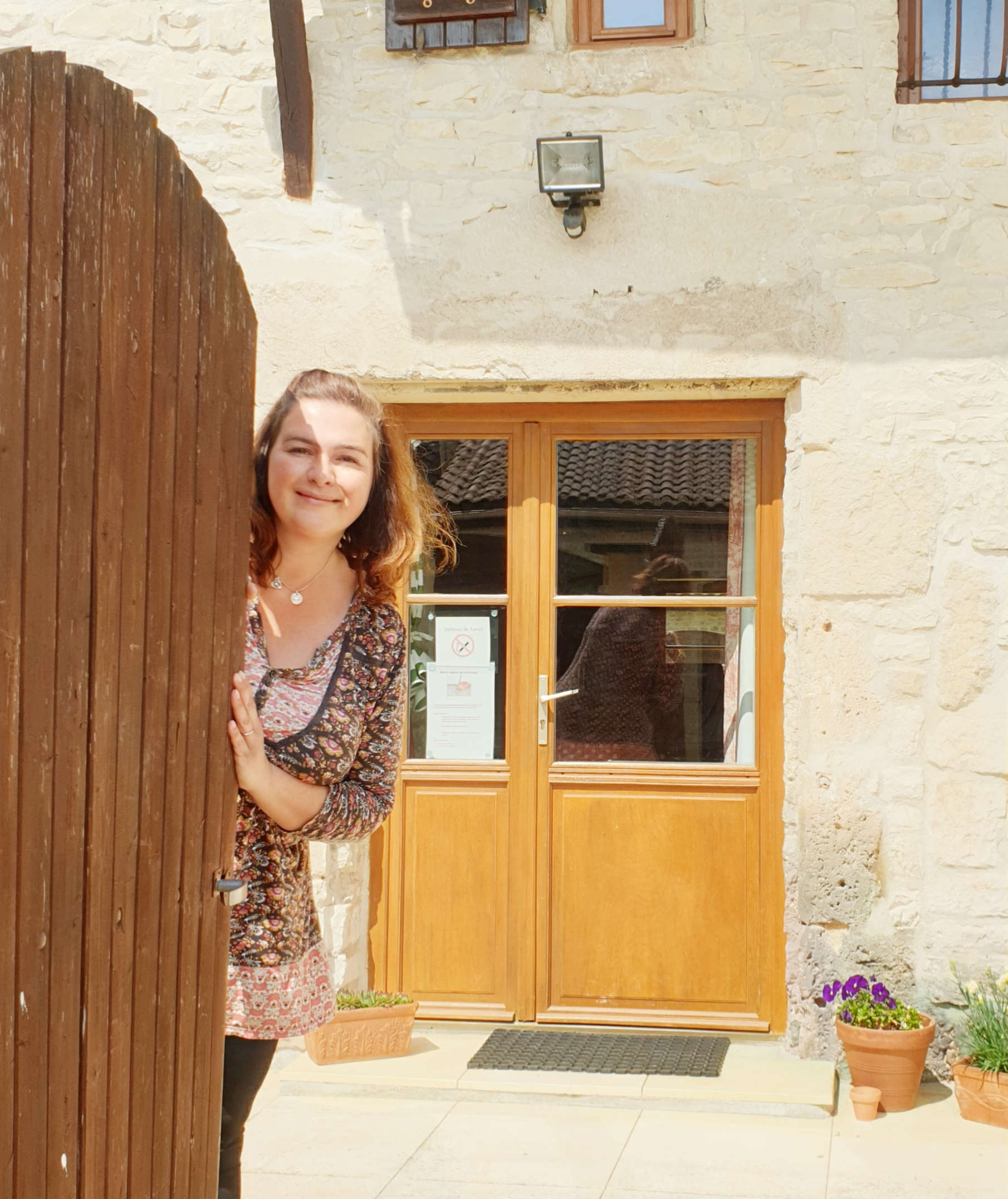Long-Distance Train Travel in France: TGV, SNCF, OuiGo
Essential Reading


Travelling by train emits 25 times less greenhouse gasses than travelling by car. Could you be tempted to rethink your holiday mode of transport? Exploring the stunning French landscape instead of travelling halfway across the globe is better for the planet and may just surprise you.
There are many incredibly beautiful places to discover in France. For example, the Pink Granite coastline in Brittany, the Jura Mountains or the Alpes. Did you know there are also at least ten rail-accessible beaches in France too?
France has a well-developed network of long-distance trains, and it remains one of the most popular and affordable ways to travel.
TGV (Train a Grand Vitesse)
When you think of trains in France, the iconic Train a Grand Vitesse or TGV is France’s infamous high-speed train service run by SNCF (the Société nationale des chemins de fer français, France’s national state-owned railway company). These trains facilitate travel all over France, as well as between France and other countries such as the UK, Belgium, the Netherlands, Germany, Italy, Spain and Switzerland. It is an inter-city high-speed rail service travelling at speeds up to 199 miles per hour (more than 300km/h) across France.
Seat reservation is compulsory on the TGV, and you can book tickets online here. Prices are always cheaper the further in advance you book, so it’s advisable to reserve as soon as possible.
TGV Ticket types
There are four TGV ticket types available:
- Prem’s: These are non-refundable or exchangeable tickets available up to three months prior to the date of travel.
- Second Class: or Seconde. These tickets are exchangeable and refundable, and let you travel in second class carriages.
- First Class: or Premiere. These tickets are exchangeable and refundable, and let you travel in first-class carriages.
- Business First: or Business Premiere. These tickets have flat-rate fares, are fully flexible, exchangeable and refundable, and let you travel in first-class carriages.
Cheap train tickets in France: Ouigo
Ouigo is the lower budget TGV, which was introduced in 2013 – think along the lines of a budget airline on rails. It’s only available for certain routes but will almost always have the cheapest prices, and you can often snag a real bargain if you book ahead and can be flexible with dates.
Sleeper trains in France
What could be more fun than an overnight sleeper train? Inter-city sleeper trains (Intercités de Nuit) have seen harsh cutbacks in recent years, routes remain between the North and South of France, and it’s a really efficient way to travel from Paris to Toulouse and Marseille. Sleep in a couchette and arrive at your destination in the morning. New routes also link Paris with European cities such as Vienna and Salzburg in Austria, and Milan and Venice in Italy.
SNCF Rail Discount Cards
SNCF have Advantage cards which cost €49 each and are a popular choice for those who regularly travel by train. There are three types of card available: young (jeune) for travellers between 12 and 27 years, adult (adulte) for travellers between 27 and 59 years old, and senior (senior) for the over 60s.
For all advantage card holders, the price of second-class tickets is capped. An Advantage Card can offer up to a 30% reduction for adults and up to a 60% reduction for children.
So, if you fancy a trip from Paris to Strasbourg for as little as €19, do not delay! There are all kinds of bargains to be discovered. Or, if you are tempted by a luxurious trip of a lifetime, try the Orient Express.
In the words of Agatha Christie, “Trains are wonderful…to travel by train is to see nature and human beings, towns and churches and rivers, in fact, to see life.”
Local Life in France
From shopping at the supermarket to sending a parcel at Post Office, finding your local dechetterie to who to call in an emergency—FrenchEntrée is here to help with every aspect of day-to-day living in France. Read our Essential Reading guides for advice on living in France, visit our Shopping zone or Pets zone, or brush up your language skills with our handy learning French resources.
Share to: Facebook Twitter LinkedIn Email
By Carol Paylor
Leave a reply
Your email address will not be published. Required fields are marked *




REPLY